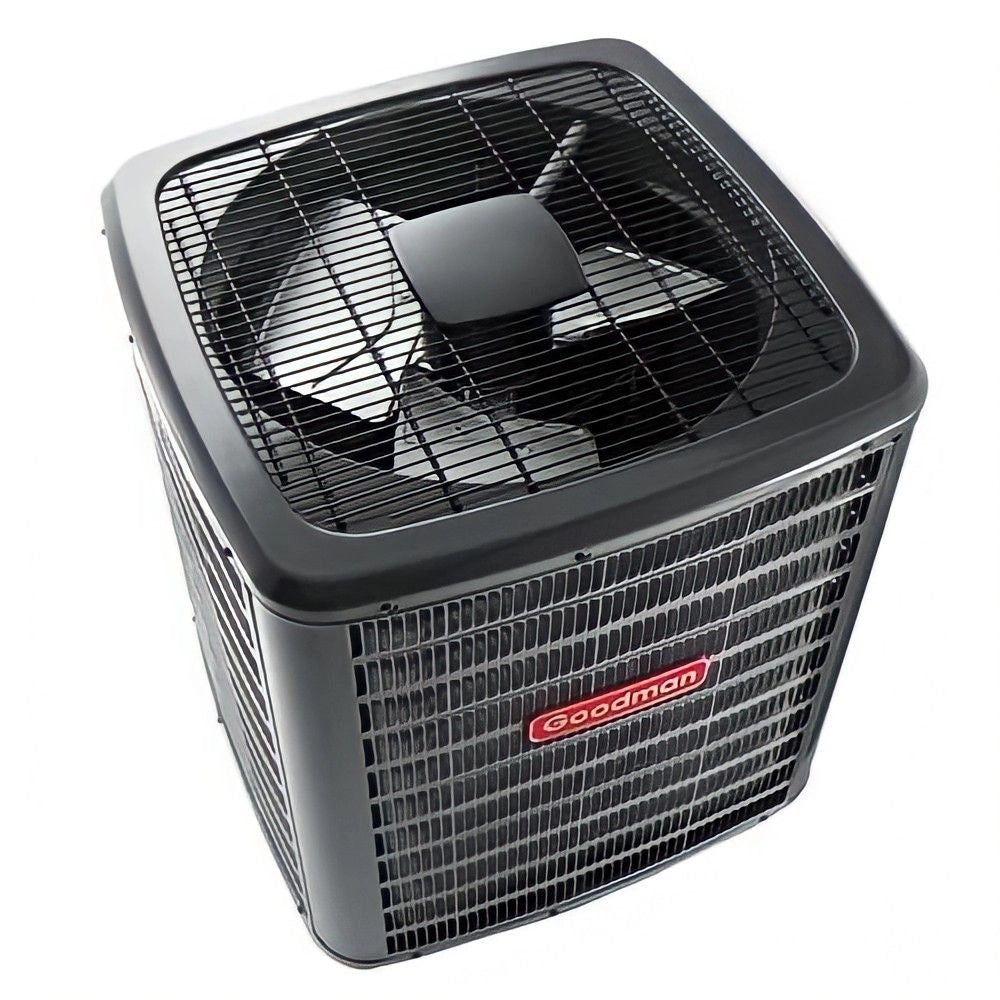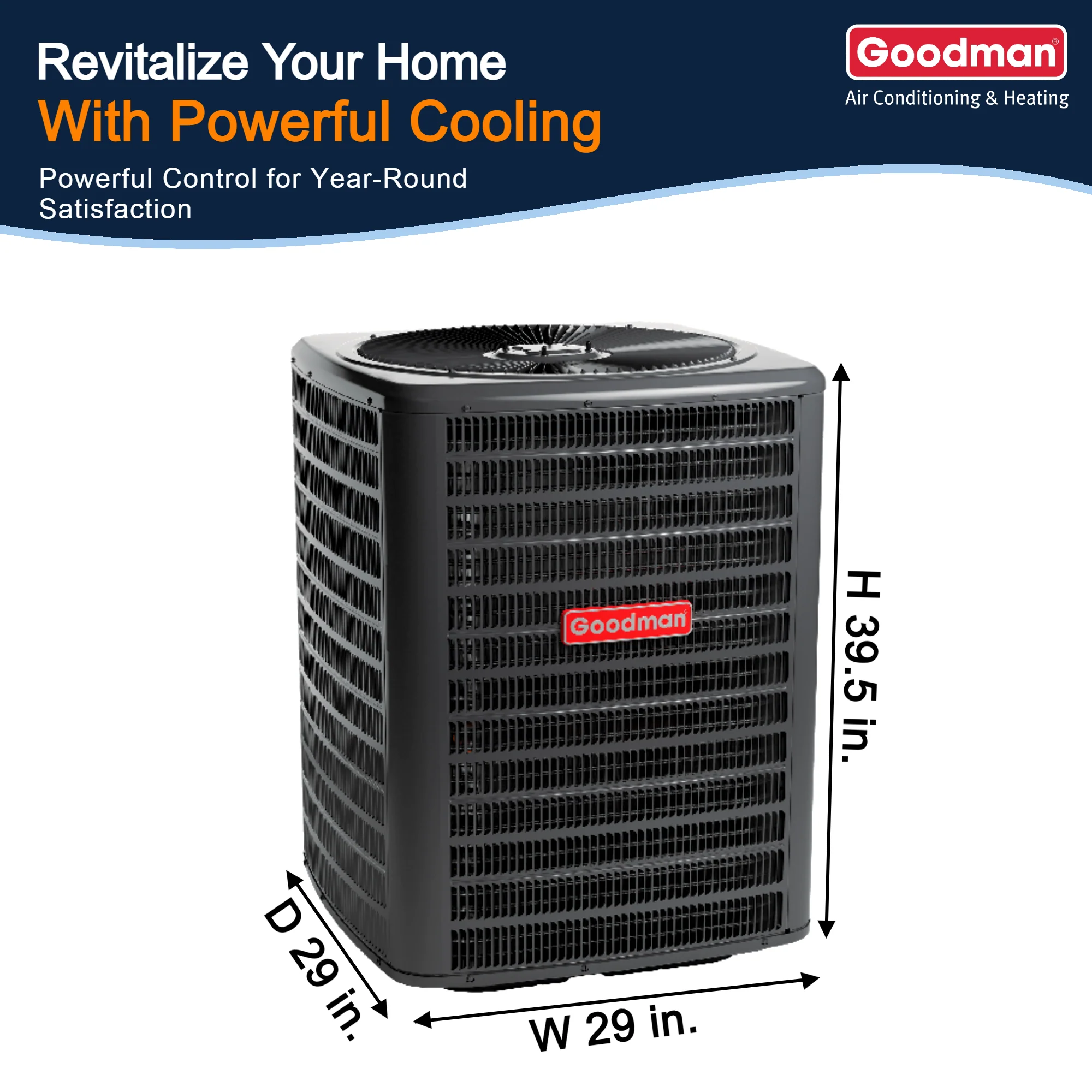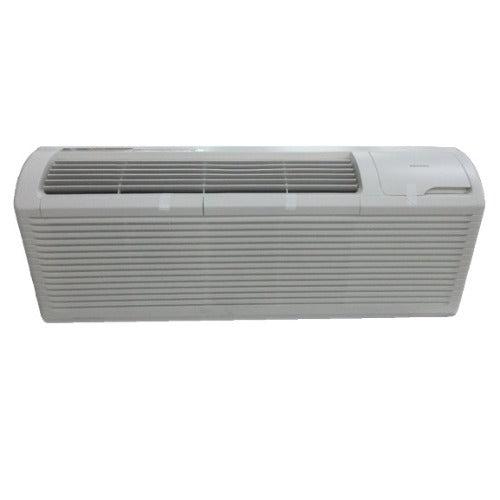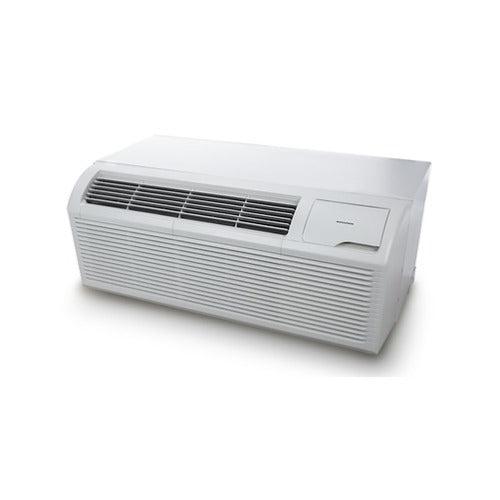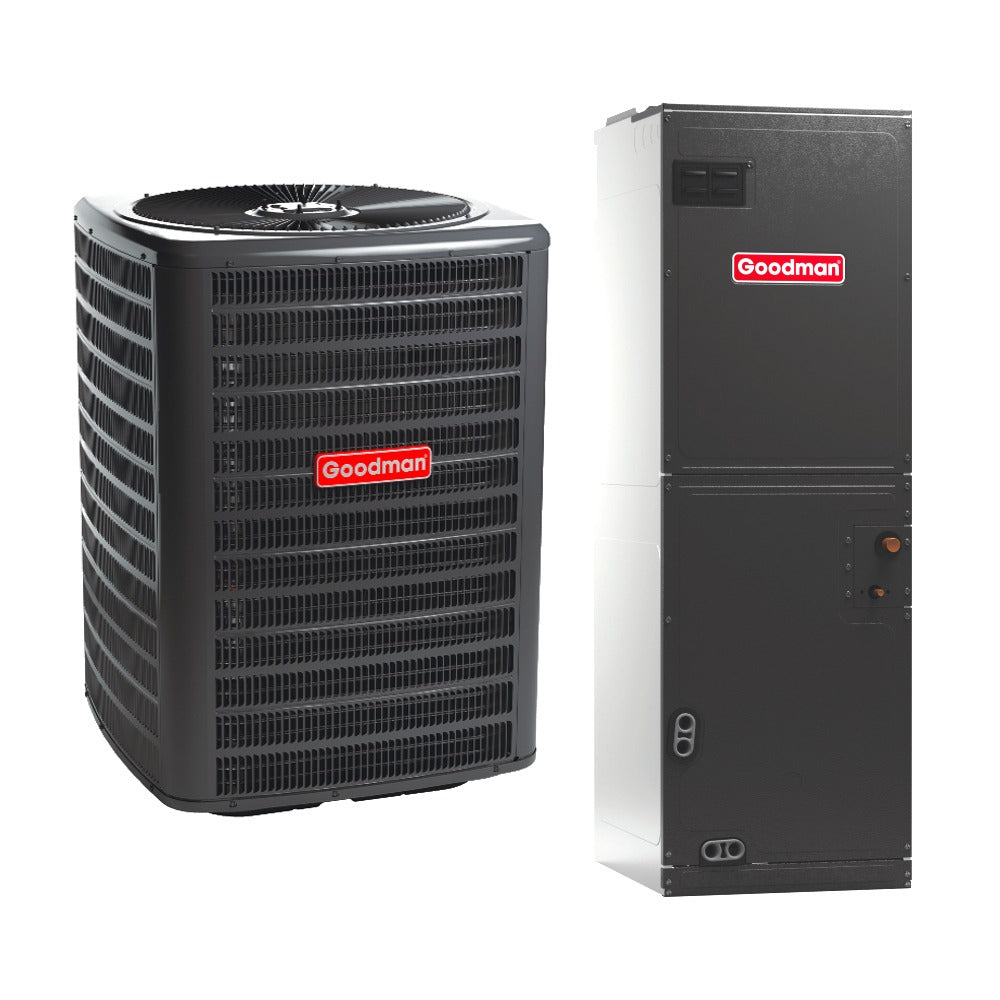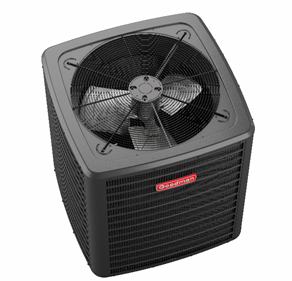As the HVAC sector undergoes one of its most significant refrigerant transitions, distributors and wholesalers are at the epicenter of the R-454B supply chain disruption. Managing inventory, communicating with manufacturers, and maintaining contractor trust are now daily challenges. This article explores how top HVAC supply chain players are adapting in 2025—and what you need to know if you're sourcing equipment or refrigerant.
Inventory Forecasting and Strategic Stockpiling
Distributors are moving from just-in-time inventory models to just-in-case strategies, stockpiling R-454B units and refrigerant canisters well in advance of peak seasons. This includes:
-
Bulk purchases from Tier 1 manufacturers like Carrier and Goodman
-
Expanding warehouse capacity for A2L-compliant storage
-
Placing forward-buy orders based on seasonal contractor demand
According to a report from HARDI, over 70% of HVAC distributors have restructured inventory strategy since Q3 2024 to mitigate stockouts.
Securing Manufacturer Allocations
With R-454B production tightly controlled and allocated, wholesalers are negotiating volume commitments and long-term contracts with OEMs. Top-performing distributors are receiving preferential access due to:
-
Historical sales volumes
-
Market territory size
-
Commitment to A2L training and compliance
These relationships allow select wholesalers to secure shipments while others face allocation cuts.
Communication with Contractors and Dealers
Transparency is critical in this strained supply chain. Distributors are:
-
Providing real-time product availability dashboards
-
Emailing weekly lead time estimates
-
Offering R-410A alternatives when R-454B units are unavailable
Contractors appreciate accurate forecasts and proactive solutions. This is especially important for high-volume SKUs such as 3-ton split systems and 5-ton packaged units.
Compliance and Handling Regulations
Many distributors have updated storage, handling, and transport procedures to comply with A2L refrigerant safety regulations. These include:
-
Designating ventilated areas for R-454B storage
-
Training warehouse teams on leak detection and containment
-
Following DOT regulations for cylinder transport
Industry resources from AHRI and Emerson are being used to standardize processes and reduce liability.
Risk of Counterfeit and Gray Market Refrigerants
With authentic R-454B cylinders in short supply, a gray market has emerged. Distributors are urging caution when sourcing from non-certified suppliers. Counterfeit refrigerants can damage HVAC systems and pose safety hazards.
The EPA’s refrigerant sales restriction page provides guidelines on approved vendors and training credentials.
Diversification and Alternative Products
Some wholesalers are stocking R-32-compatible systems or heat pump alternatives to offset R-454B bottlenecks. These systems are particularly appealing to contractors working in:
-
States with aggressive decarbonization goals (e.g., CA, NY, MA)
-
Markets offering rebates on ultra-low GWP refrigerants
Offering a wider range of compliant products has helped maintain revenue streams despite the R-454B squeeze.
Collaborative Forecasting and Data Sharing
Manufacturers, distributors, and software providers are leveraging real-time demand data to forecast needs accurately. Integrations with ERP systems and contractor purchasing platforms are helping:
-
Minimize inventory imbalances
-
Improve delivery reliability
-
Forecast future shortages early
According to Contracting Business, these tools are reshaping how the HVAC supply chain operates.
What to Expect in the Second Half of 2025
While new R-454B production facilities are expected to go online by late 2025, experts warn that demand will remain high through summer. Wholesalers should continue forward-buying strategies and deepen OEM relationships.
For contractors and dealers, partnering with well-supplied distributors will be key to meeting installation timelines.
Conclusion
Distributors are the lynchpin of the R-454B transition. Their ability to manage inventory intelligently, communicate transparently, and provide compliant product options will shape the market in 2025.
To stay ahead, ensure you’re sourcing from certified, well-prepared distributors that understand the nuances of A2L refrigerants and the evolving HVAC landscape.

